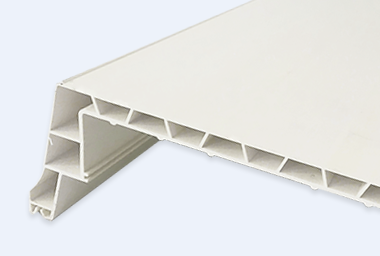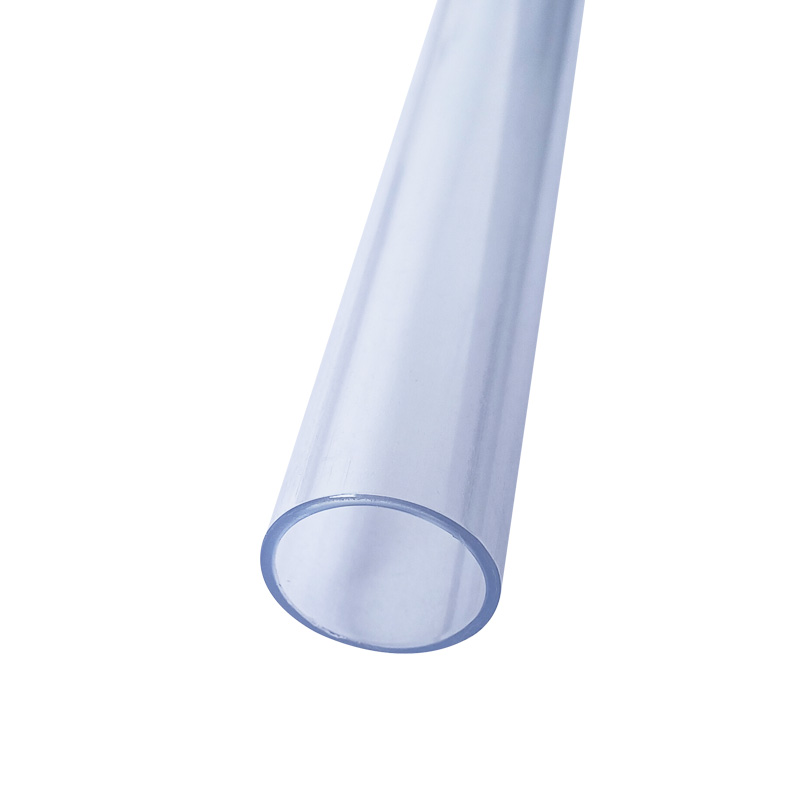Thermoplastic elastomers TPE/TPR and PVC are both soft, hardness-adjustable polymers. It is difficult to distinguish them by the naked eye alone, and the application fields of the two types of materials can be said to be relatively similar, but soft rubber TPE/TPR for some readers may not be as familiar with PVC plastic, today, briefly, what are the advantages of TPE/TPR compared with PVC?
Advantage one: more environmentally friendly and non-toxic safet
TPE/TPR plastic is an environmentally friendly material, which is one of their biggest advantages. tPE/TPR material is non-toxic and odorless, does not contain plasticizers (phthalates), does not contain heavy metals, does not contain nonylphenol NP, does not contain PAHs, does not contain bisphenol A, in line with EN71, REACH, FDA testing standards, and these substances will be slowly released into the environment during the use of These substances will be slowly released into the environment during use, causing adverse effects on human health and the environment. In contrast, TPE/TPR does not contain these harmful substances, in line with environmental requirements, more safe and reliable.
Advantage two: good low temperature resistance
TPE/TPR materials have good resistance to high and low temperatures. In contrast, PVC materials are easily affected by temperature and become hard or brittle. TPE/TPR can remain soft and flexible under extreme temperatures without deformation, cracking and other problems. This makes TPE/TPR suitable for the production of products under various environmental conditions, such as outdoor products, bicycle accessories, electrical equipment, etc.
Advantage 3: More comfortable soft touch and non-slip propertie
TPE/TPR plastics have properties closer to those of rubber, with more elasticity to the touch and better comfort and non-slip properties.
Due to the special molecular chain structure of TPE/TPR, it has very good flexibility and elasticity, and can be bent and stretched in many directions without cracks or deformation. This makes TPE/TPR widely used in the manufacture of various products that require softness and flexibility, such as clothes, shoes, car interiors, etc.、
Advantage 4: Wear resistance: TPE/TPR surface is smoother and more wear resistant, which can effectively resist abrasion and friction.
TPE/TPR surface is smoother and more wear-resistant, which can effectively resist abrasion and friction. In contrast, PVC has a rougher surface and is easily damaged, scratched and stained.TPE/TPR have good abrasion and friction resistance, making them suitable for a variety of applications that require resistance to wear and friction, such as vehicles, furniture, children’s toys, etc.
Of course, in terms of cost alone, TPE/TPR is a bit higher than PVC, but in terms of comprehensive performance, first of all, from the product value, in many fields or industries, TPE/TPR has a reason to be more favored than PVC. At present, in the medical industry, toy industry, wire and cable industry, etc., the use of TPE instead of PVC is a major trend.





